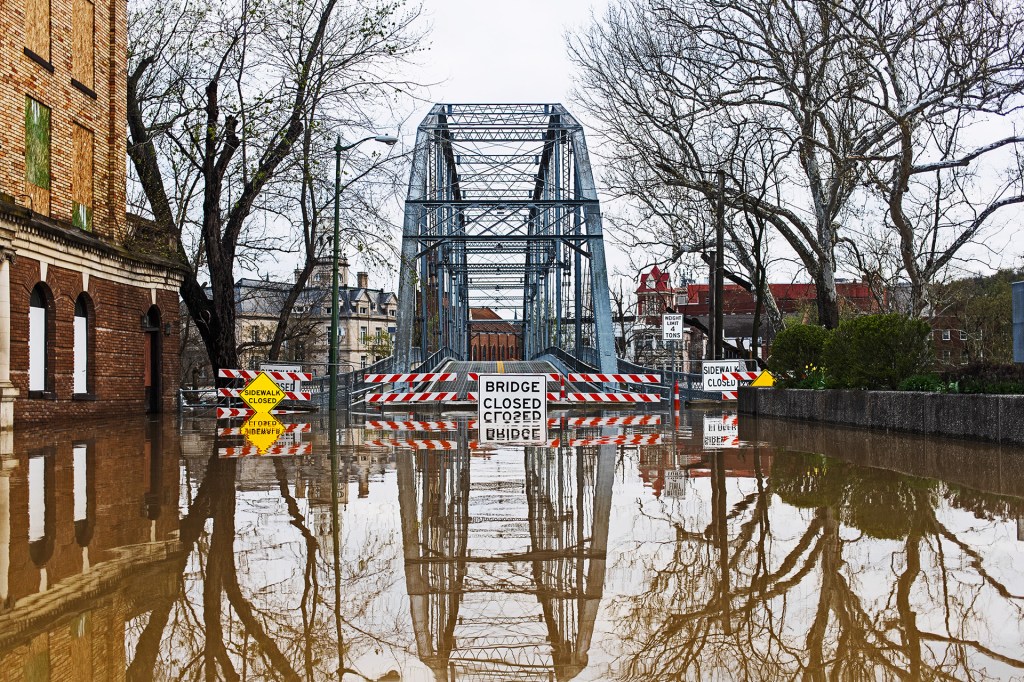Surviving the Storm
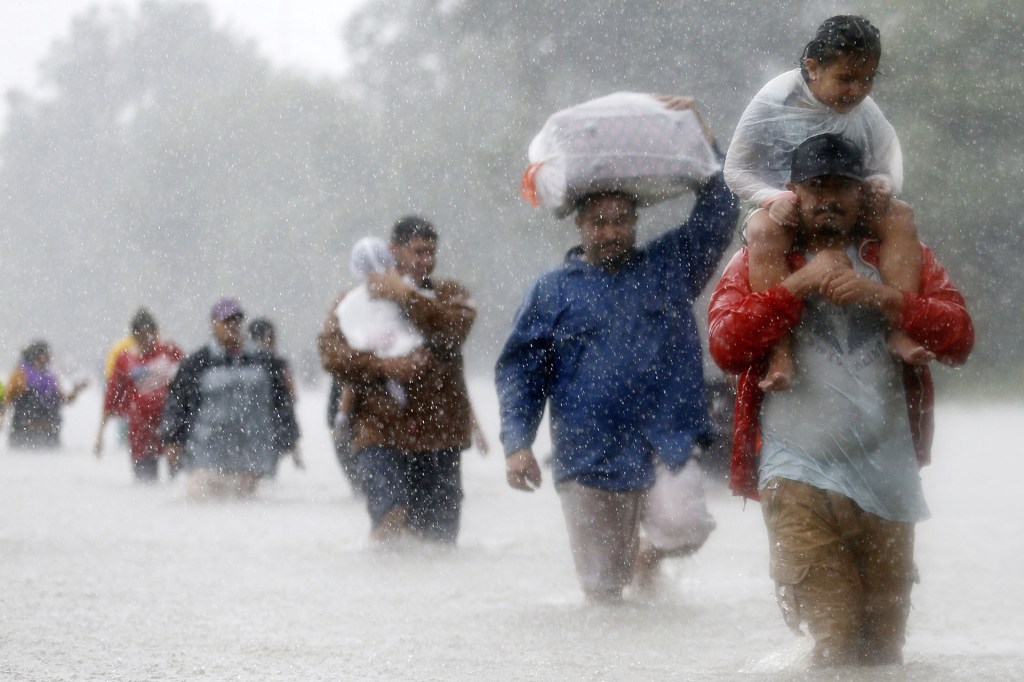
Houston is the fourth-largest city in America. It is home to 2.1 million people. And it is underwater.
Hurricane Harvey roared out of the Gulf of Mexico on August 25. It made landfall in southeast Texas. It hit as a Category 4 storm with sustained winds of 130 miles per hour. Harvey was downgraded to a Category 1 hurricane a day later. It then became a tropical storm. But it lingered over Houston.
For five days, the city got a historic amount of rain. When the skies cleared, nearly 52 inches had fallen. That sets a record. It is the most rainfall from a tropical-storm system in the continental U.S. The rain led to catastrophic
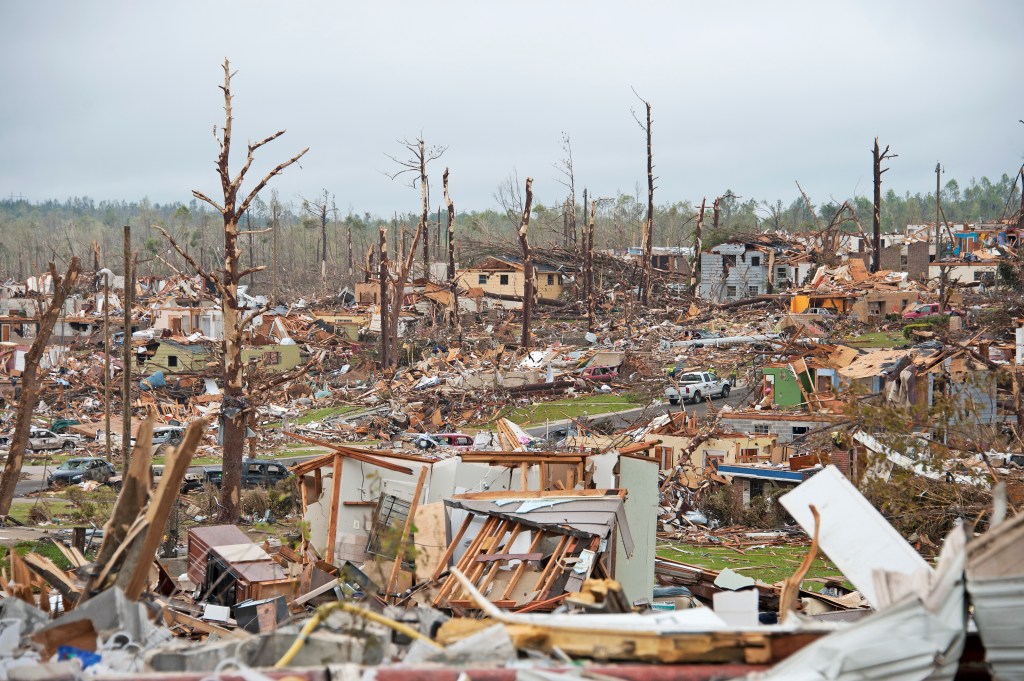 NICCOLO UBALDUCCI—GETTY IMAGES
involving or causing sudden great damage or suffering
(adjective)
The catastrophic tornado destroyed many homes.
flooding. Two dams protecting downtown Houston overflowed. Roads and bridges were washed out. Highways were turned into rivers. Numerous injuries were reported. At press time, at least 20 people had died.
NICCOLO UBALDUCCI—GETTY IMAGES
involving or causing sudden great damage or suffering
(adjective)
The catastrophic tornado destroyed many homes.
flooding. Two dams protecting downtown Houston overflowed. Roads and bridges were washed out. Highways were turned into rivers. Numerous injuries were reported. At press time, at least 20 people had died.
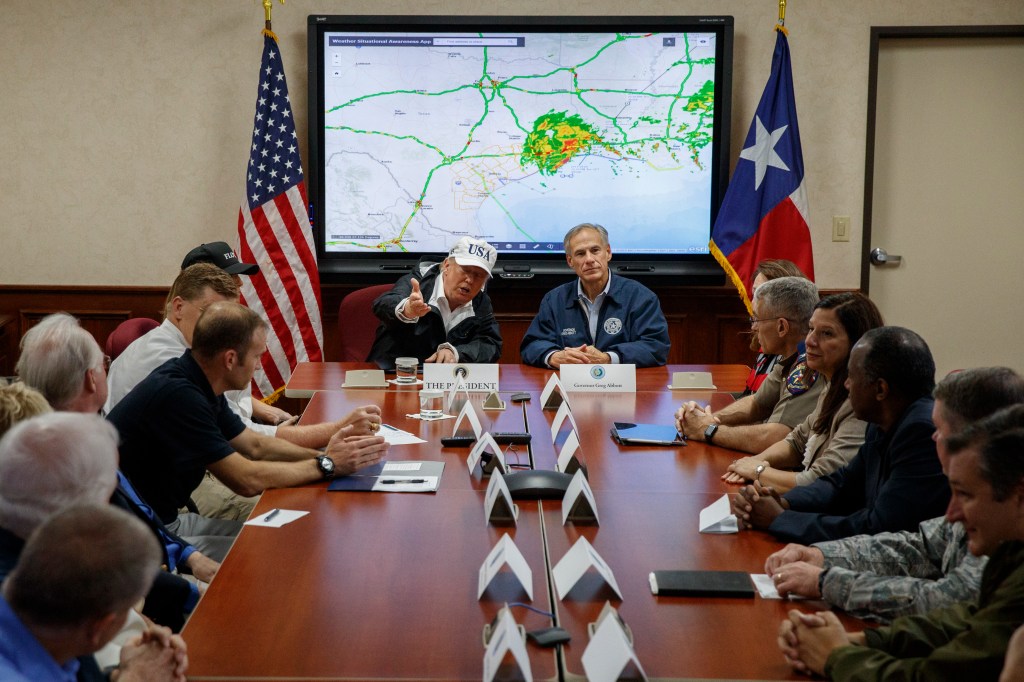
TRUMP IN TEXAS: On August 29, Donald Trump visits parts of Texas that were impacted by Hurricane Harvey. “The world is watching, and the world is very impressed with what you’re doing,” Trump told officials who were guiding the response to the storm.
Evan Vucci—AP“What occurred in Houston was almost unimaginable, even though we knew we had a major hurricane that was going to produce catastrophic flooding,” Patrick Burke told TIME for Kids. He is a lead forecaster with the National Weather Service Weather Prediction Center.
The flooding created a huge humanitarian
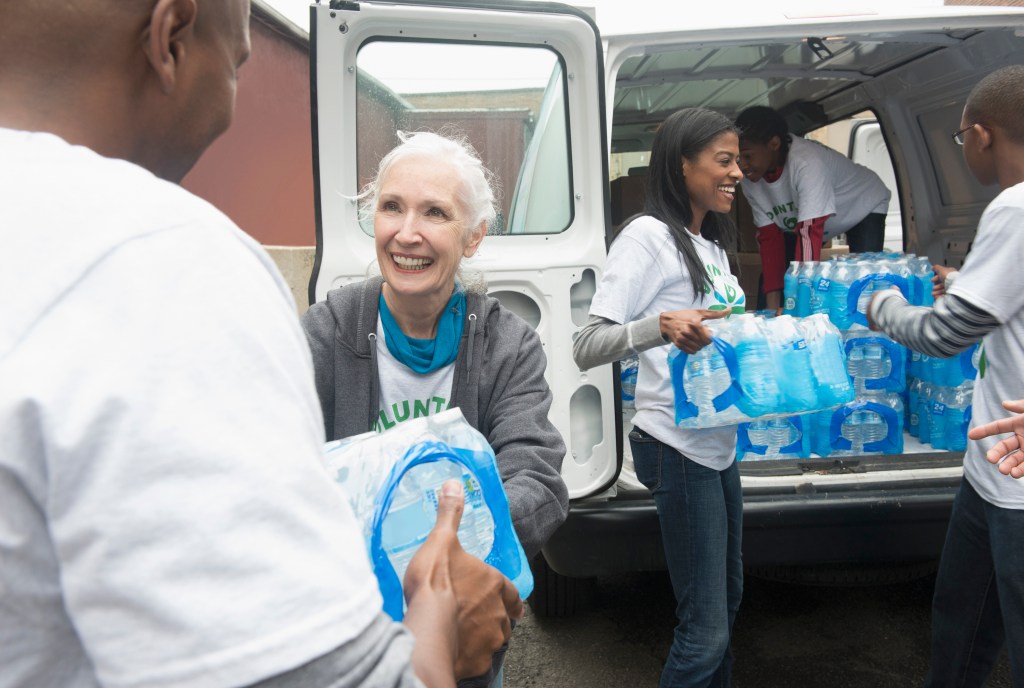 GETTY IMAGES
having to do with saving lives or helping suffering people
(adjective)
Humanitarian workers provided clean drinking water to people in need.
disaster. More than 13,000 people needed to be rescued. An estimated 30,000 people waited in shelters. “I feel really lost right now,” Carla Saunders told the Associated Press. She lives in Houston. “It’s hard to know where to start in trying to move forward.”
GETTY IMAGES
having to do with saving lives or helping suffering people
(adjective)
Humanitarian workers provided clean drinking water to people in need.
disaster. More than 13,000 people needed to be rescued. An estimated 30,000 people waited in shelters. “I feel really lost right now,” Carla Saunders told the Associated Press. She lives in Houston. “It’s hard to know where to start in trying to move forward.”
It will take time before anyone knows what’s next. Cars, trucks, and other dangerous debris
debris
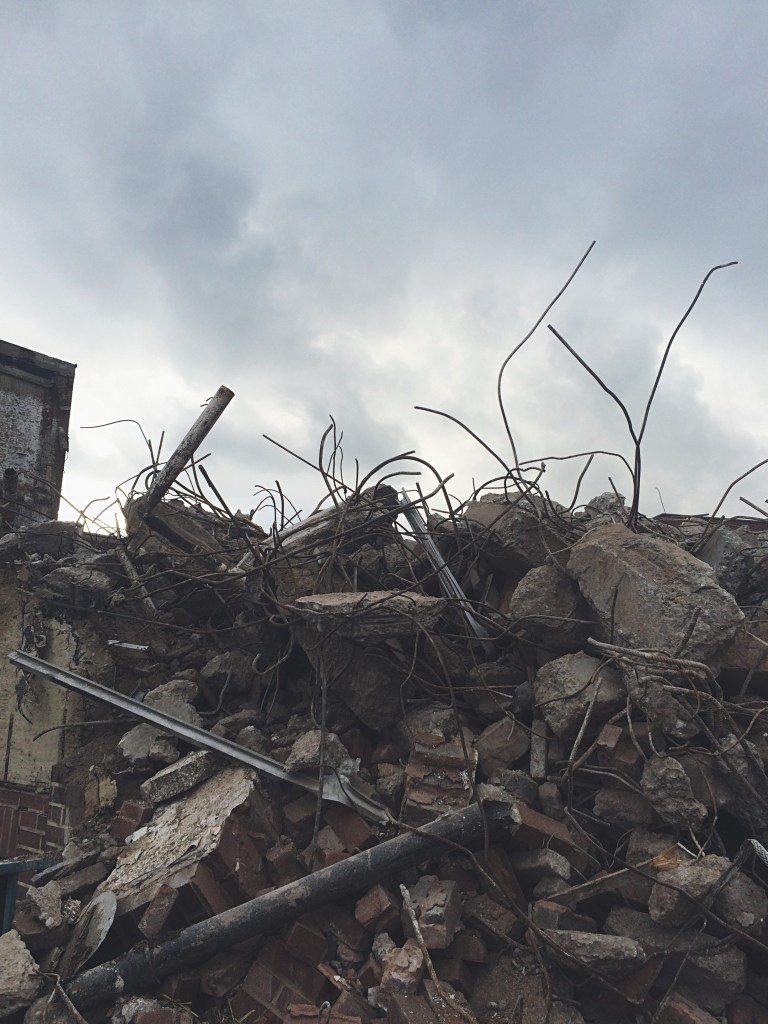 THOMAS M. SCHEER—EYEEM/GETTY IMAGES
the parts of something left behind after it has been destroyed
(noun)
Tearing down the building left the ground covered in debris.
are submerged under more than four feet of water. So are roads, stores, medical facilities, and homes. The cleanup can’t begin until the water recedes
recede
THOMAS M. SCHEER—EYEEM/GETTY IMAGES
the parts of something left behind after it has been destroyed
(noun)
Tearing down the building left the ground covered in debris.
are submerged under more than four feet of water. So are roads, stores, medical facilities, and homes. The cleanup can’t begin until the water recedes
recede
 BIEN RECEDE—EYEEM/GETTY IMAGES
to move back or away
(verb)
At low tide, water recedes from shore.
.
BIEN RECEDE—EYEEM/GETTY IMAGES
to move back or away
(verb)
At low tide, water recedes from shore.
.
One of the most pressing needs is finding safe spaces for displaced
displace
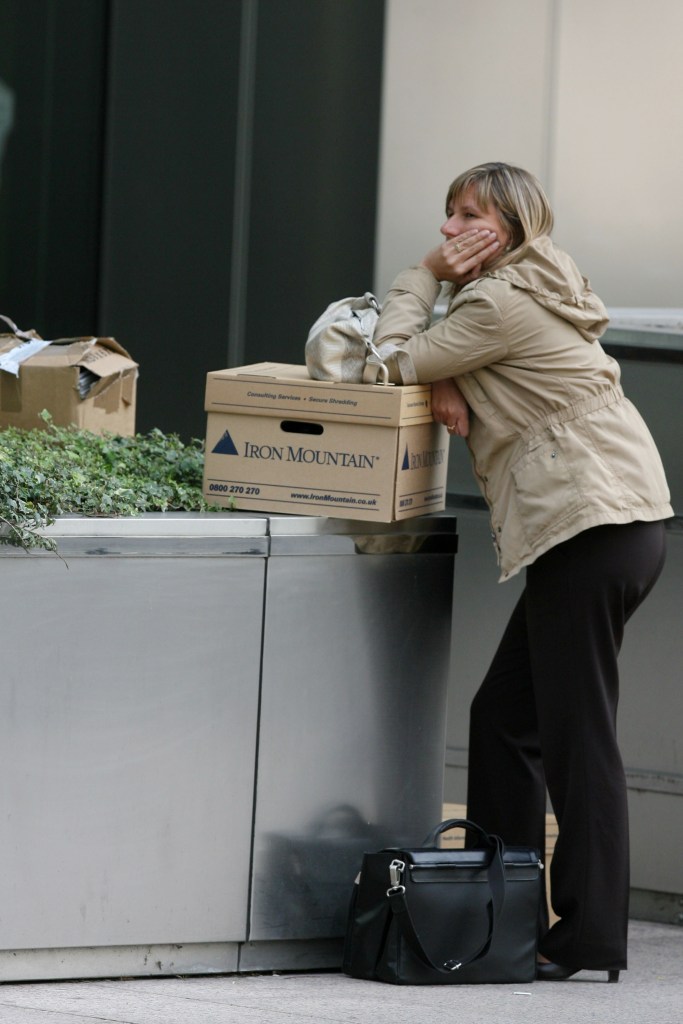 BEN STANSALL—AFP/GETTY IMAGES
having been forced to leave a place
(adjective)
There were many displaced workers after the business closed.
people to live. The Federal Emergency Management Agency (FEMA) will work to move them to temporary housing. That will take time. FEMA began a temporary housing mission in 2005 for people affected by Hurricane Katrina. It continued into 2012. “Texas is about to undergo one of the largest recovery-housing missions that the nation has ever seen,” FEMA director Brock Long says. “We have to set the expectations.”
BEN STANSALL—AFP/GETTY IMAGES
having been forced to leave a place
(adjective)
There were many displaced workers after the business closed.
people to live. The Federal Emergency Management Agency (FEMA) will work to move them to temporary housing. That will take time. FEMA began a temporary housing mission in 2005 for people affected by Hurricane Katrina. It continued into 2012. “Texas is about to undergo one of the largest recovery-housing missions that the nation has ever seen,” FEMA director Brock Long says. “We have to set the expectations.”
But Long also made Texans a promise. They can count on help from his agency. “This recovery is going to be frustrating,” Long says. “We’re going to be here to help guide you through it. It’s going to be tough to navigate all of the programs that become available, but we’re here to help.”
How Harvey Happened
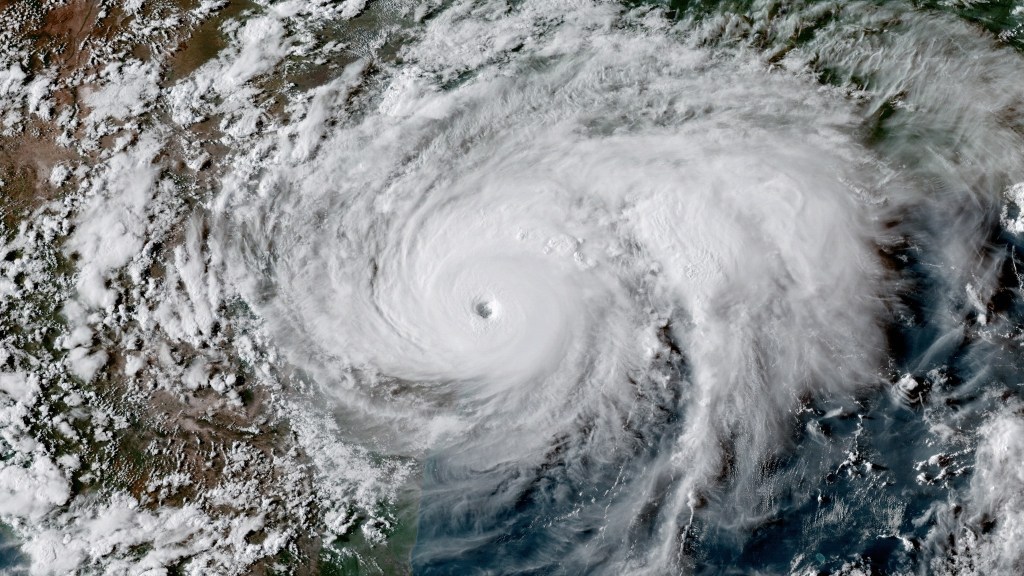
MAKING LANDFALL: Hurricane Harvey makes landfall 30 miles northeast of Corpus Christi, Texas, on August 25.
NASAHurricane Harvey acted strangely after becoming a tropical storm. “It came full-force inland, then backed up right over the same path over a number of days,” Patrick Burke says. “We just hadn’t seen that scenario play out before with a storm of this size and intensity.”
A tropical storm feeds on heat and humidity. It also needs water warmer than 70°F. Harvey formed in the Gulf of Mexico. The water was around 86°. That rapidly intensified the storm. Harvey jumped from a tropical depression to a Category 4 monster in just two days.
Harvey slammed into Texas, then slid between two high-pressure systems. That prevented other weather patterns from kicking Harvey out of the area. The result: “a worst-case scenario” for Houston, Burke says.
Assessment: Click here for a printable quiz. Teacher subscribers can find the answer key in this week's Teacher's Guide.







